WHS Anatomy Students Use CSI Techniques to Study Fingerprinting
Lesson Closes Integumentary System Unit of Study
WHS anatomy students recently concluded their integumentary system unit with a CSI investigation of fingerprinting.
What is a fingerprint?
A fingerprint is an impression of the friction ridges on all parts of the finger, which are raised portions of the epidermis, which is the outmost layer of the skin, on the palmar (palm) or digits (fingers and toes) or plantar (sole) skin, consisting of one or more connected ridge units. These are sometimes known as "epidermal ridges" which are caused by the underlying interface between the dermal papillae of the dermis, the second layer of tissue present in the skin, and the interpapillary pegs of the epidermis. No two persons have exactly the same arrangement of ridge patterns, and the patterns of any one individual remain unchanged throughout life. Fingerprints offer an infallible means of personal identification. Other personal characteristics may change, but fingerprints do not.
Fingerprint Patterns and Classifications
Students first collected their own fingerprints to determine what type of fingerprints they have using ink pads, to build a classroom database of fingerprints. They compared their fingerprints to the fingerprint pattern and classifications chart to determine what pattern was present on each of their fingers. Some students had similar patterns on all fingers, where others exhibited different patterns on each finger.
Next, the anatomy students worked on collecting latent fingerprints from glass slides. Although the word latent means hidden or invisible, in modern usage for forensic science the term latent prints means any chance of accidental impression left by friction ridge skin on a surface, regardless of whether it is visible or invisible at the time of deposition. The students rubbed their ring fingers on their noses, to increase the amount of oils deposited by the fingerprint, giving them a positive latent print to identify. Students then used talcum powder to "dust" for the latent finger print and used scotch tape to collect the print for analysis.
Finally, anatomy students were given the task to "plant" fingerprints on glass surfaces throughout the classroom during one of their off periods, to simulate fingerprints left at a crime scene. The students were then given an area of the room to "collect" fingerprints. The students identified which finger the suspect's fingerprint came from and what fingerprint pattern was present. The classroom database of fingerprints was then used to compare the collected fingerprint to the database to try to identify the suspect involved.


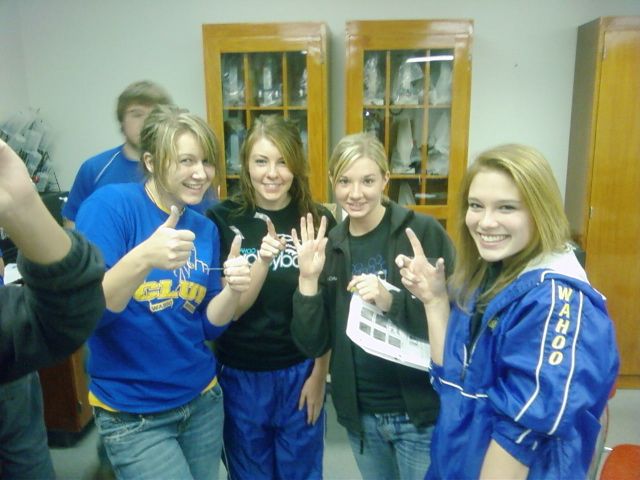
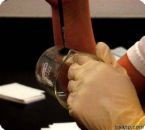
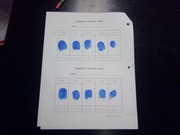
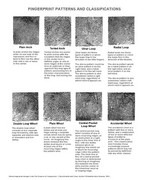
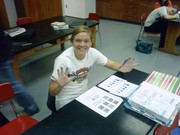
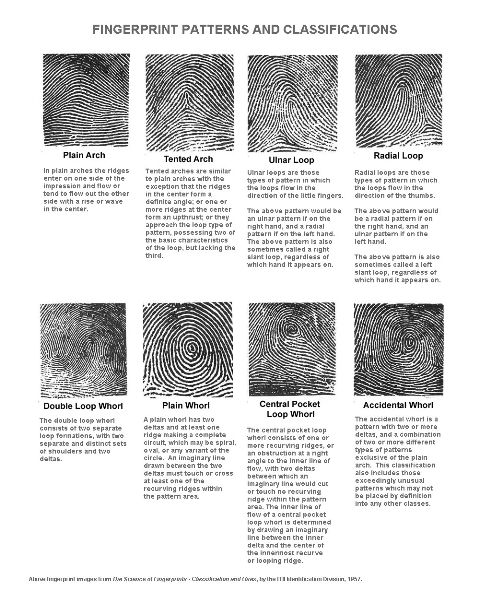 Launch the media gallery 2 player
Launch the media gallery 2 player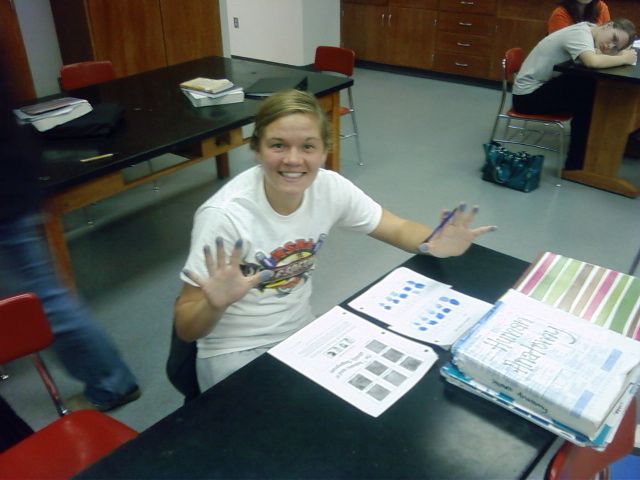 Launch the media gallery 3 player
Launch the media gallery 3 player